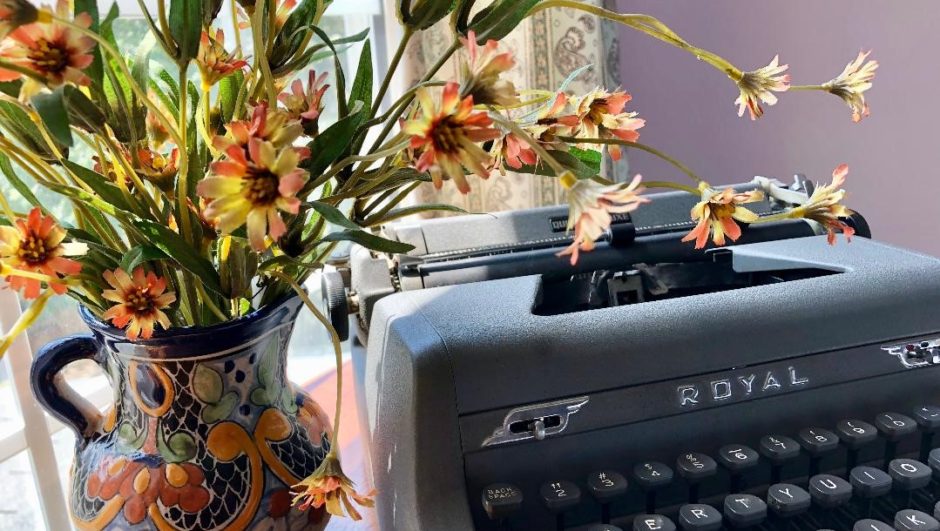 You may be aware that the state legislature of Virginia recently voted to finalize passage of the Equal Rights Amendment, better known as the ERA.
You may be aware that the state legislature of Virginia recently voted to finalize passage of the Equal Rights Amendment, better known as the ERA.
Virginia is now the 38th state to ratify the amendment that would guarantee equal rights for American women.
Whether this will occur or not, rests on the former time limit imposed for ratification of Constitutional amendments.
In the meantime, the capital city of Richmond has started an ambitious project: the Virginia Women’s Monument: Voices from the Garden. The project will ultimately include 12 bronze statues of notable Virginia women, many of whose names you would not necessarily know. An additional 230 women’s names will be inscribed on the monument, which will rest on Richmond’s Capitol Square.
The chosen women came from all walks of life and represented multiple races. They were selected because they persevered against overwhelming odds and their contributions helped to change the course of Virginia and American history.
In alphabetical order: Sarah Garland Boyd, Adèle Clark, Cockacoeske, Laura Lu Scherer Copenhaver, Mary Draper Ingles, Elizabeth Keckley, Anne Burras Laydon, Virginia E. Randolph, Clementina Rind, Sally Louisa Tompkins, Maggie L. Walker, and Martha Washington.
Here is the story of Cockacoeske, the only Native American woman among the twelve statues.
While there were numerous tribes in Virginia when the English landed at Jamestown in 1607, the native peoples all hailed from three distinct language groups. The Algonquian, the Siouan, and the Iroquoian. The formidable Powhatan Confederacy belonged to the Algonquian language group and their 8,000 members lived on the land where the English wished to settle.
The area controlled by the Powhatans was bounded on the north by the Potomac River, the west by the Fall Line, the south by the present-day North Carolina border, and the east by the Atlantic Ocean.
From the onset of the attempt to colonize, clashes, often fatal, occurred between the native peoples and the English.
Ill-equipped to forge a life in the wilderness the 500 English colonists who populated Jamestown in the spring of 1609 quickly began to succumb. By the spring of 1610, only 60 remained alive. Seen as invaders, the local Indians did not provide the colonists with needed food.
By the time that Cockacoeske was born in approximately 1646, the number of colonists had rebounded but their relations with the native peoples had further deteriorated.
Cockacoeske grew up in the Powhatan Confederacy in the Pamunkey Tribe and was the grand-niece of Pocahontas. Cockacoeske married a tribal leader whose name was Totopotomoi and they lived on land that would be considered the Middle Peninsula of Tidewater Virginia, today. When Cockacoeske’s husband was killed in 1656, she succeeded him as the leader of the Pamunkey Tribe.
At sixteen years of age, she became the Pamunkey Queen.
One of the most undisputed historical facts is her tireless effort to support her people as the leader of the Pamunkey Tribe. Her thirty-year reign ended only with her death.
Another remarkable fact is that she was an astute politician.
In 1676, during Nathaniel Bacon’s Rebellion, Governor Berkeley of Jamestown requested Cockacoeske’s assistance in providing him with armed men who could help quell the rebellion. Bacon retaliated by massacring 50 of her people.
The following year, Cockacoeske signed the Treaty of Middle Plantation in Williamsburg, with the caveat that several of the local tribes would be reunited under her authority, hopefully ending hostilities between the English colonists and the Virginia Indians. In return for proclaiming her loyalty to King Charles II of England, she negotiated that the tribes over which she had dominion were granted title to their lands, access to their waterways, and protection from enslavement.
Those lands today are the Pamunkey Indian Reservation not far from Colonial Williamsburg.
Tattooed on her chin, arm, and wrist to denote her royal rank, she was by all accounts an imposing figure when she journeyed to Jamestown to negotiate with the Governor. Not to be outsmarted due to a language barrier, she brought along an interpreter and her son, John West.
Queen from age sixteen to age forty-six, Cockacoeske ruled as an unmarried matriarch and died sometime in 1686, leaving behind her son, John West, fathered by an English colonel. Her legacy ensured that her people’s land would be protected long after she was gone.
Move over Pocahontas, Cockacoeske deserves her rightful fame.
If you enjoyed this month’s story and are not yet a follower of the blog, please sign up on the right sidebar. If you would like to read full novels about Strong Women from the past, check out my titles: Cut From Strong Cloth, Last Curtain Call, and Counting Crows – all available in bookstores and online through Kindle and Amazon.
~ Linda
Every woman deserves to have her story told.








